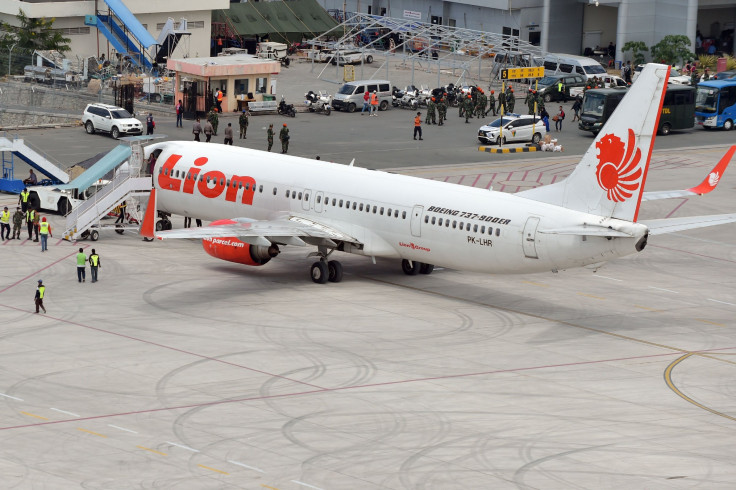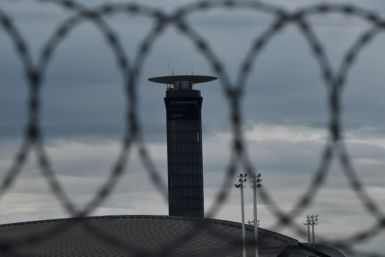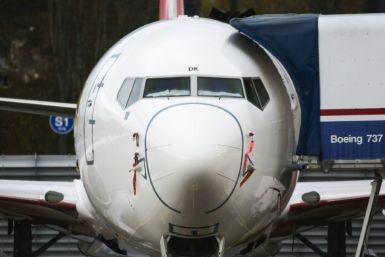Lion Air Plane Hits Lamp Post, Damages Wing, Weeks After Fatal Crash

Weeks after a Lion Air plane crashed into the Java Sea off Jakarta, killing all the 189 people on board, another aircraft belonging to the same airline company was grounded after it hit a lamppost while taking off from the Fatmawati Soekarno Airport in Bengkulu, Indonesia.
The incident took place Wednesday when Lion Air Flight JT633 struck a lamp post on its way to depart for Soekarno-Hatta International Airport, Tangerang, Indonesia, at 6:20 p.m. local time (6:20 a.m. EST). As a result of the accident, the wing of the Boeing 737-900 ER aircraft was chipped and the flight was canceled.
According to Jakarta Post, Pramintohadi Sukarno, the Ministry of Transportation’s acting director general for air transportation, said: “We grounded the aircraft and the pilots for an investigation.”
The plane was carrying 145 passengers at the time and no injuries were reported as a result of the incident. Lion Air spokesman Danang Mandala Prihantoro said the passengers were placed in a replacement jet at 10:48 p.m. local time (10:48 a.m. EST) and they reached their destination at 11:50 p.m. local time (11:50 a.m. EST).
Prihantoro further attributed the fault of the flight’s latest accident to the wrong directions given to the plane’s pilot by the airport’s aircraft movement control personnel in charge of the taxiway.
“The pilot only followed the instruction and directions from the Aircraft Movement Control (AMC) officer,” Prihantoro said in a statement.
Authorities spoke to the airport’s AMC regarding the incident. It was not immediately clear whether the air control center accepted or denied the allegations.
Following the deadly crash of the Lion Air Boeing 737 Max 8 aircraft in October, the Federal Aviation Administration (FAA) issued an emergency Airworthiness Directive (AD) on the steps to be taken when airspeed sensors on a flight malfunction, which was what had caused the aircraft to go down, its recovered black box revealed.
“This emergency AD was prompted by analysis performed by the manufacturer showing that if an erroneously high single Angle Of Attack [AOA] sensor input is received by the flight control system, there is a potential for repeated nose-down trim commands of the horizontal stabilizer,” the FAA statement read.
It further added: “We are issuing this AD because we evaluated all the relevant information and determined the unsafe condition described previously is likely to exist or develop in other products of the same type design. Due to the need to correct an urgent safety of flight situation, good cause exists to make this AD effective in less than 30 days.”
Even when a plane’s sensor fails, the backup systems usually kick in to provide the pilot all the required data to ensure a safe flight. A trained airline crew is also capable of picking up on the audio signals and physical warnings of the malfunctioning equipment on the aircraft.
“They should have been completely engaged in what was going on inside that cockpit, and any kind of warning that came up, they would have been wise to pay attention to it,” Todd Curtis, director of the Airsafe.com Foundation said, Independent reported.
© Copyright IBTimes 2024. All rights reserved.












